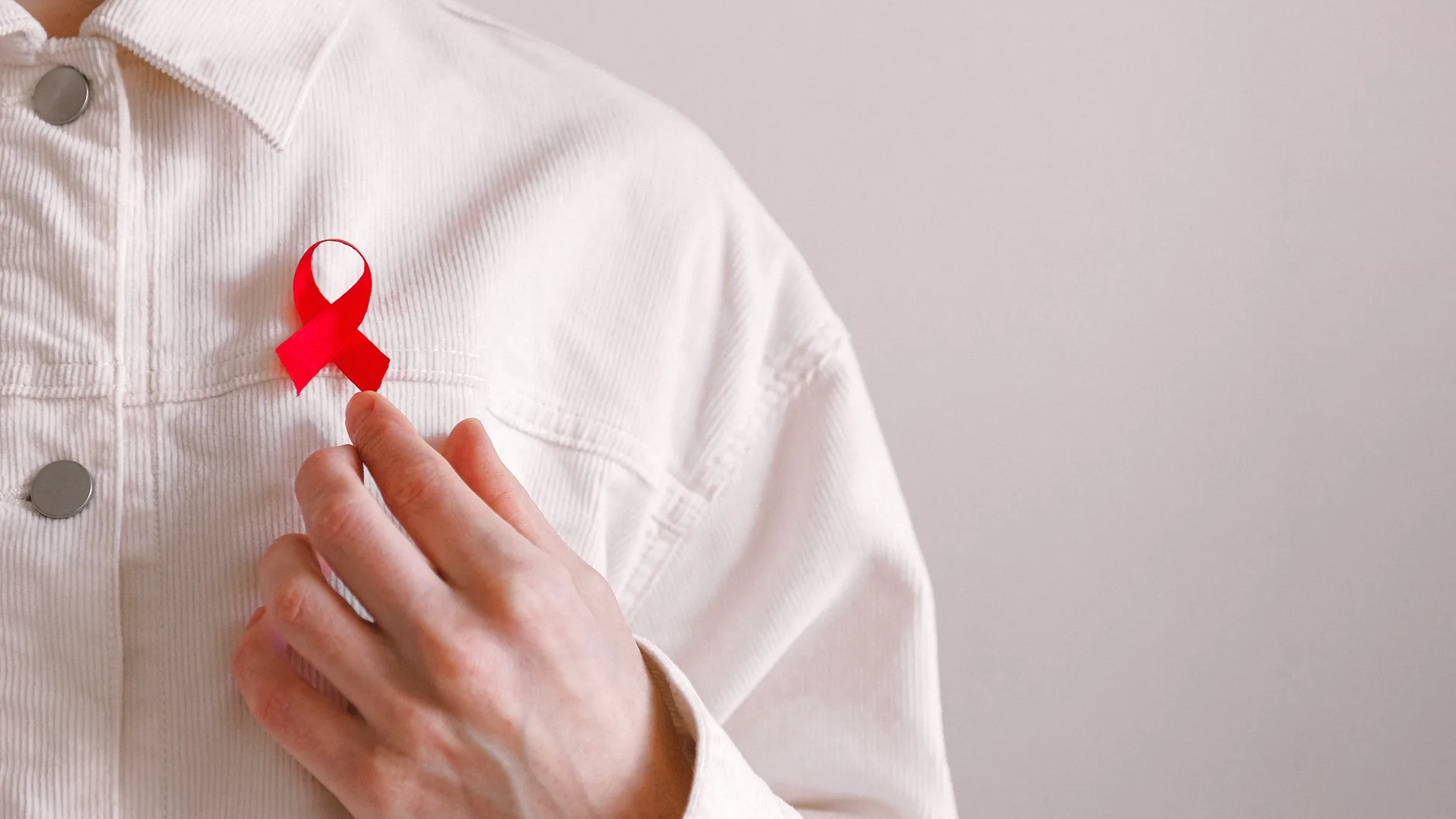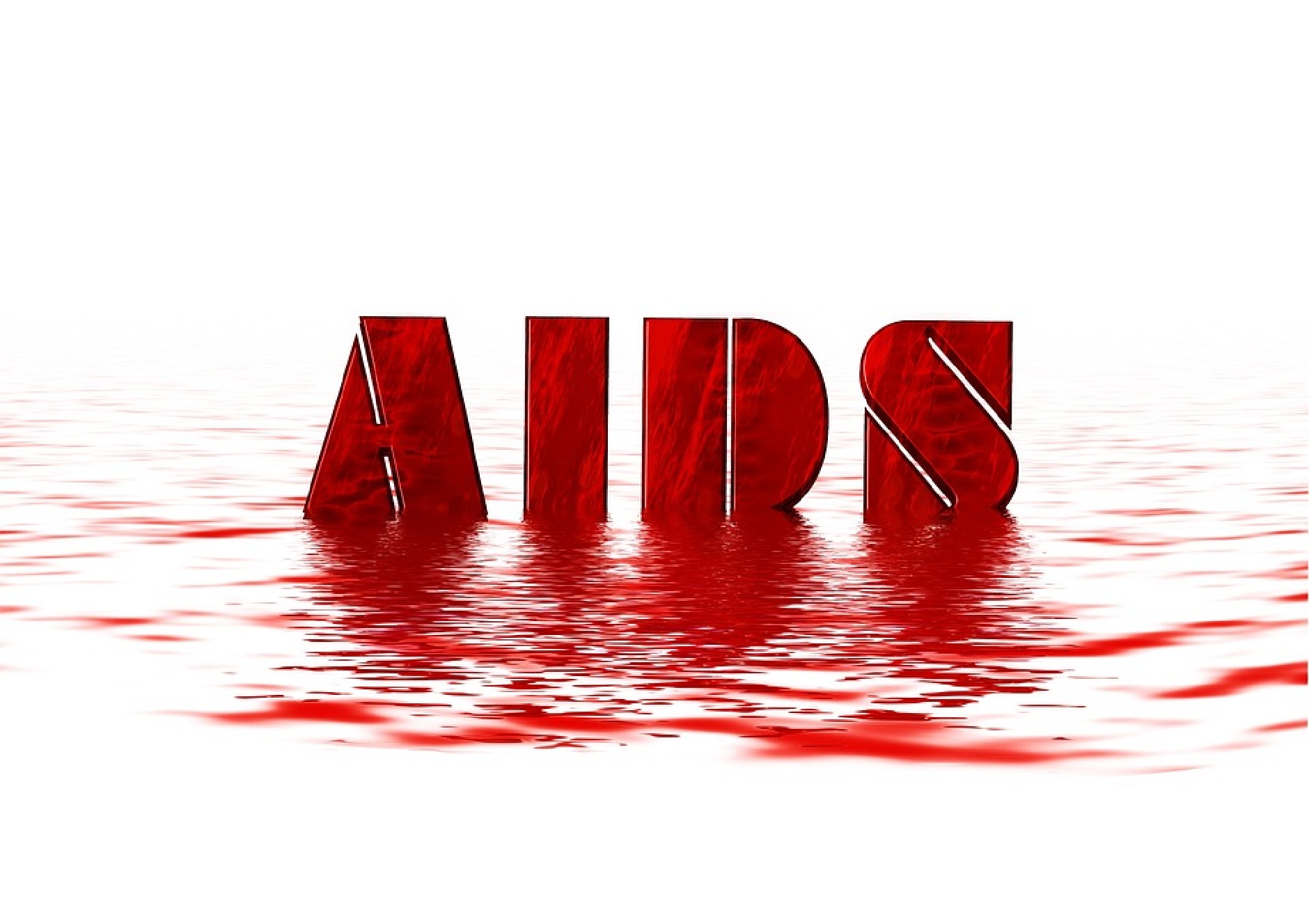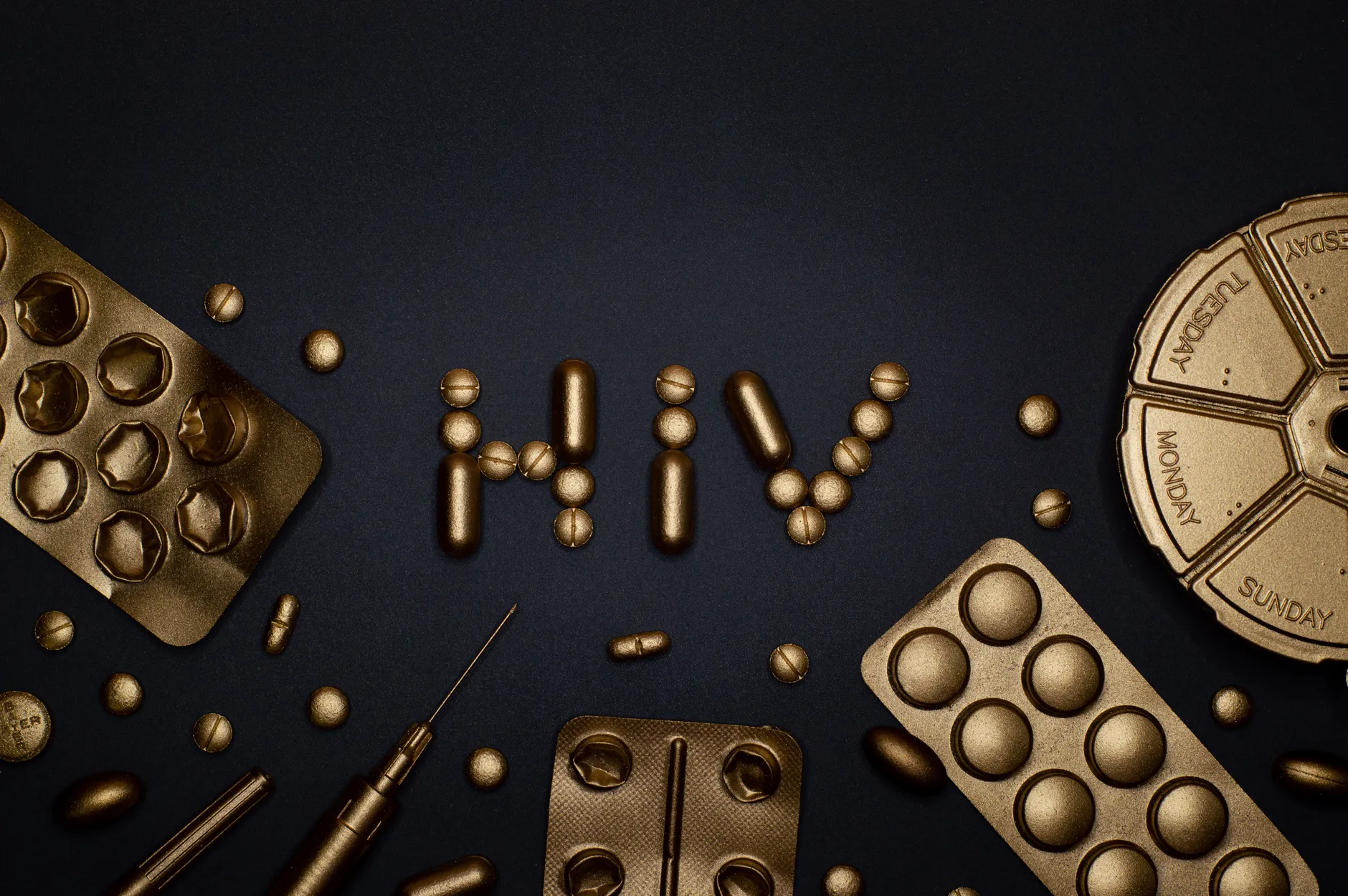The Youth and Aids Project in Minnesota encourages everyone between 13 and 30 to do HIV testing at least once to know their HIV status. People who are sexually active and those that share syringes and other medical equipment should be tested annually. HIV treatment is more effective when the virus is diagnosed at an early age. Early diagnosis and treatment allow HIV patients to live a longer and healthier life. HIV treatment is especially necessary among HIV positive women since it substantially reduces the risk of prenatal HIV infection.
Some of the common methods of HIV transmission is through vaginal and anal sex, sharing syringes or other equipment for drug injection, through blood transfusion and during pregnancy birth and breastfeeding. One of the main reasons why the Youth and Aids Project in Minnesota encourages people to get tested and start treatment if diagnosed positive is, lack of HIV treatment weakens the immune system. It leaves HIV patients vulnerable to various infections and some cancers. Although there is no vaccine or cure for HIV, the treatment is beneficial and can prolong the life of an individual living with HIV.
HIV Treatment can also reduce the risk of transmission of HIV. When taken correctly, HIV medications can significantly reduce the amount of HIV in the blood. When HIV levels in a person’s blood are too low to measure, they are described as undetectable. An individual living with HIV who gets and remains undetectable has effectively zero risks of transmitting the virus to their sex partners. This phenomenon is known as Undetectable=Untransmitable but only applies to HIV transmission through sex. Becoming undetectable can take up to six months after an individual begins their HIV medication. The Youth and AIDS project helps individuals perform blood tests to determine whether they have effectively become undetectable. Once a person is found to be undetectable, it is essential that they continue taking their HIV medication daily and regularly visit the Youth and AIDS project in Minnesota for subsequent tests to ensure that they are staying undetectable.
Although not many studies have been carried out to determine whether being undetectable or HIV treatment prevents HIV transmission through sharing syringes, we can reasonably assume that it reduces the risk of exposure to some extent. Sterilizing needles and other equipment can help prevent HIV transmission among people who inject drugs and other substances. Pre-Exposure Prophylaxis pills can also help prevent HIV infections. Condoms, when used properly, can also reduce the transmission of HIV and other sexually transmitted diseases.
The Youth and Aids Project encourages all pregnant people to do HIV testing since, in most cases, the prenatal transmission of HIV can be prevented through the right medical care. To prevent perinatal transmission of HIV, the HIV patient should regularly take medication during pregnancy, labor, and delivery. After the child is born, they should also receive HIV medication, and should not be breastfed.
The Youth and AIDS Project in Minnesota aims to reduce HIV prevalence in Minnesota by educating the youth about the HIV prevention measures described above and offering services such as testing, counseling, and case management, among others.…




